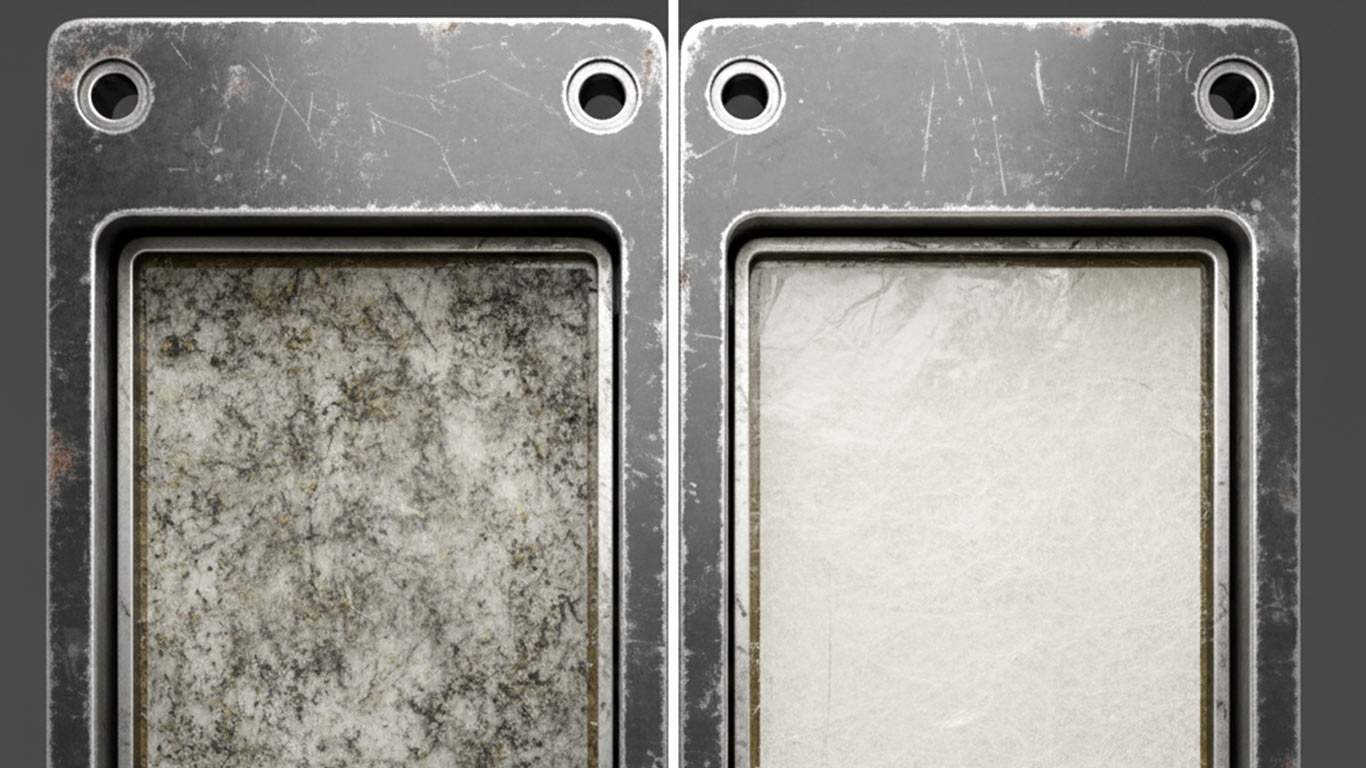
PTFE Laser Cleaning
Precision laser techniques preserve Polytetrafluoroethylene's smooth chemically inert surface

Properties: PTFE vs. other plastics
Laser-Material Interaction
Material Characteristics
Other Properties
Machine Settings: PTFE vs. other plastics
Polytetrafluoroethylene surface magnification
Laser cleaning parameters for Polytetrafluoroethylene (PTFE)
Before Treatment
Under microscopy, PTFE surface appears very-very rough with oily contaminants stuck and degradation spots visible.
After Treatment
The ultrafast laser cleaning process removes contaminants very-very effectively from polytetrafluoroethylene surfaces, then restores smoothness and integrity. The cleaned surface appears pristine and glossy, with no damage to the plastic's chemical structure or mechanical properties. Restoration quality is high-high, preserving hydrophobicity and durability for general applications, so the material remains fully functional and reliable.
Polytetrafluoroethylene Laser Cleaning FAQs
Can laser cleaning safely remove contaminants from PTFE surfaces without damaging the material?
What laser wavelength and parameters are optimal for cleaning PTFE versus other plastics?
Does laser cleaning PTFE create hazardous fumes or nanoparticles, and what extraction is required?
How does laser cleaning affect the surface energy of PTFE for subsequent adhesion or coating?
Can laser cleaning restore the non-stick properties of contaminated PTFE components?
What are the limitations of laser cleaning for PTFE with embedded contaminants or deep penetration?
How does laser cleaning compare to traditional methods (sandblasting, chemical cleaning) for PTFE maintenance?
What visual indicators distinguish proper laser cleaning from damage on PTFE surfaces?
Is laser cleaning suitable for medical-grade PTFE implants or devices during refurbishment?
How does the high thermal expansion coefficient of PTFE affect laser cleaning process stability?
Regulatory Standards & Compliance

FDA
FDA 21 CFR 1040.10 - Laser Product Performance Standards

ANSI
ANSI Z136.1 - Safe Use of Lasers

IEC
IEC 60825 - Safety of Laser Products

OSHA
OSHA 29 CFR 1926.95 - Personal Protective Equipment






